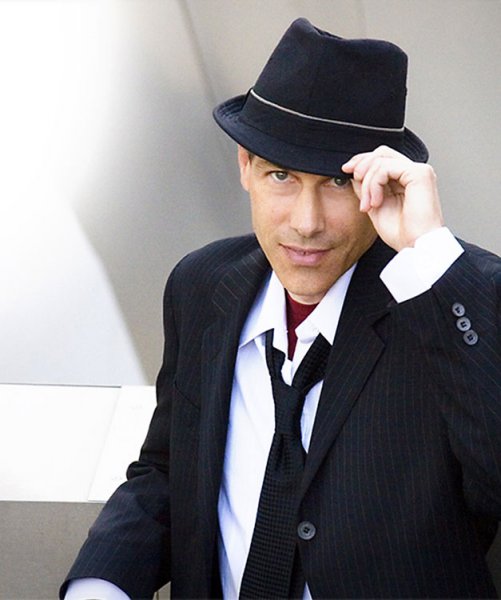
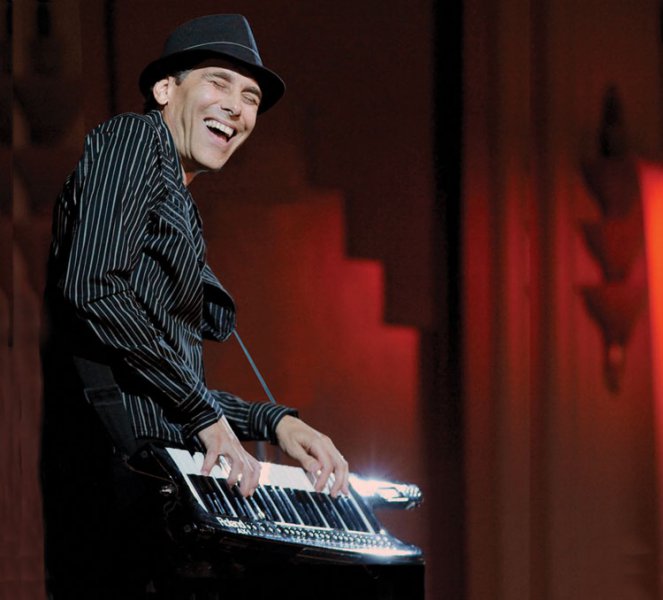
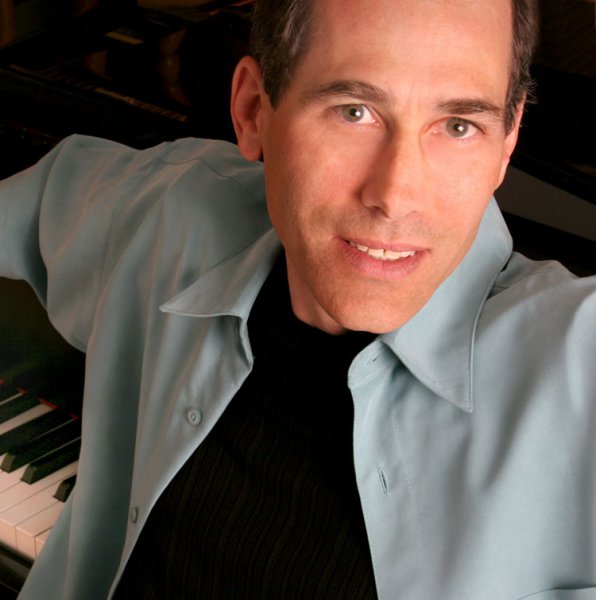
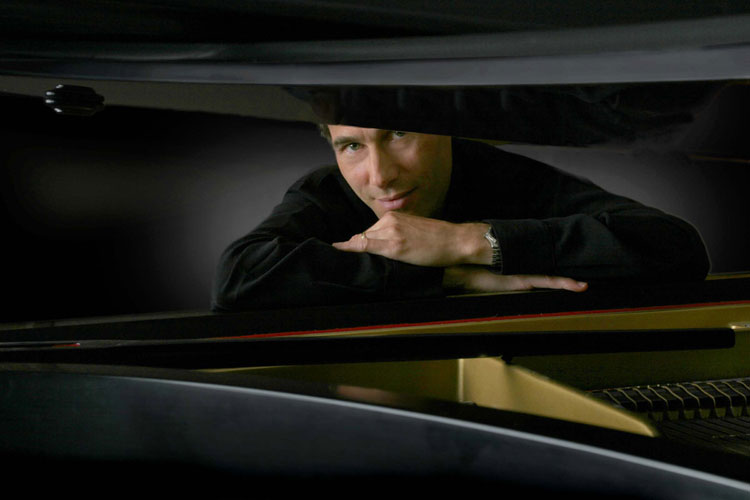
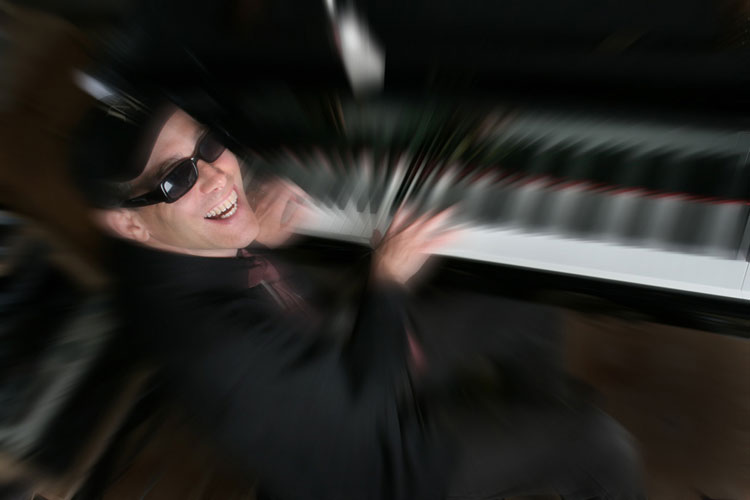
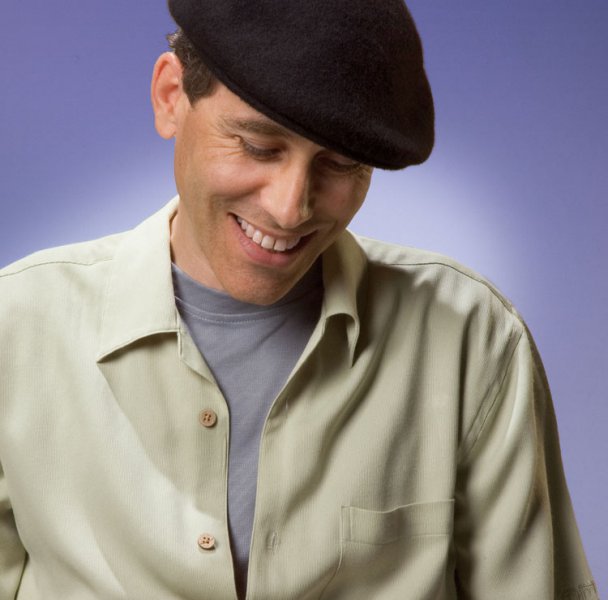
GREGG KARUKAS BIOGRAPHY
Karukas hails originally from the D.C. – Maryland area here he was one of the top fusion and studio players in town. Gregg moved to L.A. in 1983, not with the idea of getting his own record deal, but with the desire to expand his multi-keyboard style by playing with as many other artists as possible.
That Gregg Karukas can write such compelling songs in a variety of styles should come as no surprise to anyone familiar with the Bowie, Maryland native’s diverse musical background. “What really got me into music as a passion and a lifestyle was first seeing the Beatles, and then hearing Stevie Wonder and singer/songwriters like Carole King, James Taylor, Leon Russell, Laura Nyro and Joni Mitchell, he says. I was inspired by the idea that you could touch people’s emotions with melodic songs and lyrics that meant something. When my voice changed as a teenager, I lost my singing chops and concentrated more on playing piano and organ in various bands. Then I discovered Jazz. I paid a lot of dues’ in the Washington, DC jazz clubs, working on my chops and writing songs by day.”
As a young musician who had natural ability and a good ear, Karukas spent his early years close to the jukebox in his father’s roadside tavern absorbing the hits of the sixties – from The Beatles to Motown. While Karukas played organ in rock and soul bands as a teenager, his interest in playing jazz was sparked after hearing Dave Brubeck’s “Take Five,” and Stan Getz’s “Jazz Samba.” In his quest for jazz knowledge, Karukas turned to the recordings of Miles Davis, Ahmad Jamal, Les McCann, Chick Corea and Herbie Hancock, as well as mainstream jazz players like Clifford Brown and Lee Morgan. One of his biggest influences was the master jazz pianist Bill Evans.
[expand title=”Continue Reading Full Bio” ]
At age 17, right out of Bowie High School, Gregg joined with Tim Eyermann to form East Coast Offering where he honed his compositional skills and jazz chops in the city’s “jazz lounges. They quickly became the city’s top original crossover group – playing together for five years, and then Gregg and the rhythm section split to form Natural Bridge, a band that included Shannon Ford (Danny Gatton, Paul Simon, Gatlin Brothers) and Michael Manring (Windham Hill, Michael Hedges, Montreux). They opened shows at the famous Cellar Door for artists such as Angela Bofil, Larry Carlton, The Robben Ford Band (pre-Yellowjackets – this is where Gregg met Russell Ferrante), Jeff Lorber (w/Kenny Gorelick….G.), and many others.
After moving to Los Angeles in the mid ’80s, thanks to early recommendations by Yellowjackets keyboardist Russell Ferrante, Karukas quickly found himself performing with the likes of Patti Austin, Shelby Flint , Richard Elliot, Grant Geissman, Ronnie Laws, and Brenda Russell.
Beginning with his first independent recording, The Nightowl, in 1987, Karukas has been one of the few artists whose own creative growth and commercial success perfectly parallels that of the smooth jazz genre as a whole. His string of Top 5 Radio hits includes his most recent # 1, Nightshift, Summerhouse (#1 Gavin in ’93), Key Witness (1991), Sound of Emotion (’92), and his breakout 1998 major label debut Blue Touch, which rose to ..4 on the Radio & Records airplay chart. Prior to his most recent solo CD, Soul Secrets released earlier this year, was Heatwave on N-Coded Music and Looking Up (Trippin ‘N’ Rhythm) released Sept. 2005.
Prior to recording The Nightowl, Karukas had already developed a reputation as a solid keyboardist whose skills ran the gamut from eclectic jazz to seductive Brazilian colorings to hypnotic smooth grooves. Gregg had just completed a 1-1/2 year stint with Melissa Manchester (with Richard Elliot on sax) when he formed his own band to be the among first groups to play at Bon Appetit, At My Place and Le Cafe, the now defunct music clubs which spawned most of L.A.’s Contemporary/Smooth Jazz artists. Dave Koz, and Gary Meek (Jeff Lorber, Airto and Flora and yes, Boney James, before his Warner Brothers deal, were the first young undiscovered sax talents to join Gregg’s band and contribute to Gregg’s melodic, soulful style on his first few solo CD’s as the local Smooth Jazz scene blossomed.
In 1987 he released his first solo album THE NIGHTOWL , which quickly became a Quiet Storm radio staple w/the songs “Walkin’ With You”, “Talbot Street Cafe” and “Drivetime.” That same year he became the original keyboardist with the Rippingtons, recording the classic MOONLIGHTING project with Kenny G. and David Benoit. Gregg recommended Dave Koz to play EWI on the MOONLIGHTING record and the rest, as they say, is history.
He has also been a popular guest artist on tours with Boney James, Peter White, Eric Marienthal, Ricardo Silveira and Larry Carlton and has produced a vast array of artists at his own Nightowl Studios, including Kirk Whalum, Peter White, Craig Chaquico, Phil Sheeran, Gabriela Anders, The Pointer Sisters and crossover pianist David Lanz. As a songwriter, his tunes have been recorded by Richard Eliott, George Benson, Chaquico, Arnold McCuller, Pauline Wilson, Kenia and Deniece Williams.
Those fruitful all-star associations are only the beginning of an amazing journey that would later find the married father of two boys firmly ensconced in the world of his first true musical love, Brazilian music. In this genre, Karukas has toured and recorded with Sergio Mendes, Ricardo Silveira and Dori Caymmi. A career highlight came in 1992 at the Hollywood Bowl when he added his multi-keyboard orchestrations to the music of Toots Thielemans and Brazilian legends Ivan Lins, Caymmi and the late Antonio Carlos Jobim.
Karukas feels lucky to work with singers and musicians whom he feels a magical musical rapport with. “People say my music sounds romantic and uplifting – and I look so happy on stage, he says. It’s totally true. For me, the best music comes out of an inner feeling of either intense happiness or sadness. I always try to stay faithful to that original inspiration, because that is where the true sound of emotion‘ comes from.
“I think we all need music to be the soundtrack to our soul,” Karukas adds. “It can inspire us, balance out our lives and relieve stress. I appreciate that and I treat each CD or concert as another opportunity to connect to those sounds and emotions on a deeper level. I love sharing that with others and try to make each project a special event all its own.”
[/expand]






